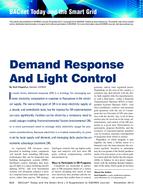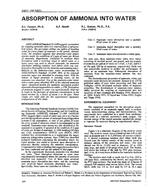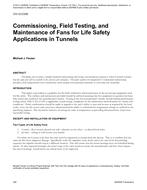This paper presents a simulation study of the energy impact and cost-effectiveness of improving envelope airtightness in low-rise US commercial buildings. Despite common assumptions, measurements have shown that typical US commercial buildings are not particularly airtight. Past simulation studies have shown that commercial building envelope leakage can result in significant heating and cooling loads. To evaluate the potential energy savings and cost-effectiveness of an air barrier, annual energy simulations and cost estimates were prepared for two nonresidential buildings (a two-story office building and, a one-story retail building) in five US cities. A coupled multizone airflow and building energy simulation tool was used to predict the energy use for the buildings at a target tightness level relative to a baseline level based on measurements in existing buildings. Predicted potential heating and cooling annual energy usage and cost savings ranged from 9% to 36% with the smallest savings occurring in the cooling-dominated climates of Phoenix and Miami.
Units: Dual
Citation: ASHRAE Transactions, vol. 113, pt. 2
Product Details
- Published:
- 2007
- Number of Pages:
- 21
- File Size:
- 1 file , 1.1 MB
- Product Code(s):
- D-LB-07-041


